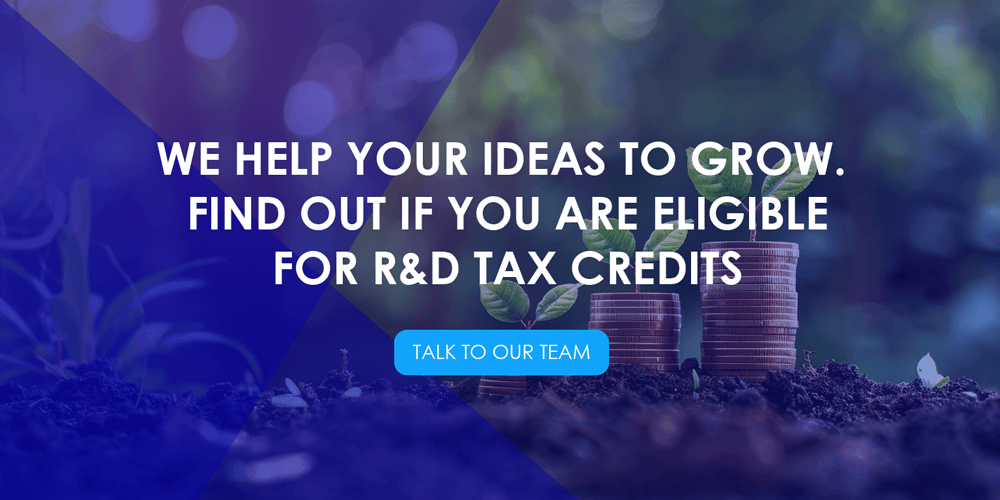Artificial Intelligence (AI) in the renewable energy sector is becoming more sophisticated every day and is being used more widely for a variety of applications.
Renewable energy examples include:
- Solar Energy
- Wind Energy
- Hydroelectric.
- Ocean Energy
- Geothermal Energy
- Biomass
- Hydrogen
As the effects of climate change worsen, the demand for the above renewable energy sources continues to grow. Artificial intelligence is already helping to streamline multiple processes within the renewable energy industry, but research and development innovation will be required to meet the growing demands for AI. In this blog, we look at how AI technology will continue to influence the sector.
Improvements in Efficiency and Accuracy
Better efficiency within renewable energy is one area that AI can really help in. This trend has already begun and is expected to continue over the coming decade, particularly with respect to renewable energy types, solar energy and wind energy. An example is the deployment of Microgrids, which operate autonomously and are being used throughout the world in solar power stations. This allows power plants to operate in a highly efficient way, adapting rapidly to changing supply and demand.
Artificial intelligence can also be used for more accurate forecasting of solar energy or wind energy generation, as well as its consumption. In the UK, the National Grid has already invested, and is involved in the development of AI for purposes that include forecasting wind power generation. As AI research and development for renewable energy continues to grow, we can expect to see an increase in the use of AI for accurate forecasting of renewable energy sources.
Through innovative R&D projects, such as roll-outs of smart grids and smart meters, AI is being used to help both renewable energy companies and consumers gain information about their energy usage. By rapidly sorting through and understanding data, AI is helping consumers to understand their energy consumption and costs, and gives renewable energy companies insight into trends. A number of countries across the world are involved in smart meter and smart grid projects. These include Australia, China, Brazil, and multiple European Union (EU) member states, where there has been an EU-wide project to roll out smart grids and meters.
User -friendly Energy Supplies
Moving into the future, artificial intelligence can be used in conjunction with smart meters to provide increasingly personalised energy services to individual consumers. AI can provide data in real-time for customers about the devices in their home that use the most energy. This helps them to make decisions about improving their own energy efficiency. Having this information gives consumers the opportunity to recognise their energy consumption, and take action to reduce it in the fight against climate change.
By using AI to analyse the habits and energy consumption of a household and learn from these trends, renewable energy sources can be supplied to consumers in a way that matches their lifestyle. This can include generating recommendations for energy packages that are best suited to the customer. This is a huge benefit for consumers, who can expect better energy efficiency and reduced costs – a more customer-friendly energy supply. As artificial intelligence continues to be researched and developed, we can expect to see more customer-focused services from renewable energy companies.
AI in Customer Service
Another way that both consumers and companies are already benefitting from AI in the industry is through customer service. Operating customer service centres can be a big expense for energy companies. The use of AI is already helping suppliers to cut down on these costs, as well as serving customers more efficiently. Whilst chatbots are nothing new, the AI used for these applications is becoming more sophisticated and is increasingly able to learn. We can expect to see AI serving renewable energy customers more effectively, and being able to help with a wider range of enquiries, as it continues to develop in the future.
AI also helps customers to run their energy accounts more independently, by giving them the opportunity to complete some processes via an online chat with AI rather than needing to contact a customer service centre. Another consequence is that this reduces the volume of customers who contact customer service.
When AI is linked to natural language processing (NLP), an area that explores how AI understands and interacts with natural human language, it can have an even bigger impact on customer service processes. AI is then capable of listening to customer service calls and noting down relevant information. This streamlines the work of customer service agents, allowing for a more efficient customer experience, and improved customer satisfaction. This is something we’re likely to see becoming more widely implemented in the future, especially as NLP is developed further.
Increasing Benefits in the Future
Going forward, there are sure to be exciting developments in both of these rapidly expanding fields. It’s clear that the renewable energy industry is already seeing huge benefits from the implementation of AI. These benefits are likely to increase as both fields keep progressing. As we move into the future, we can expect to see increasingly personalised and highly efficient renewable energy sources as a result of the use of AI. Climate change will need every solution available, and artificial intelligence within the renewable energy sector certainly offers many solutions.
If you would like to talk about whether your company is eligible for R&D Tax Credits, then get in touch with our friendly team today.
